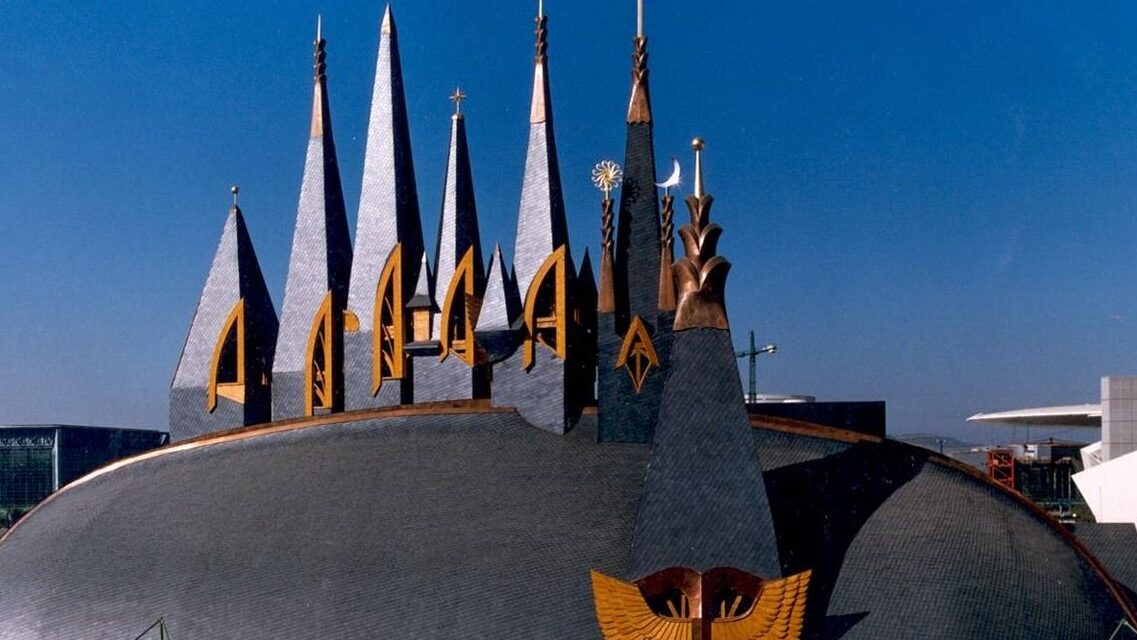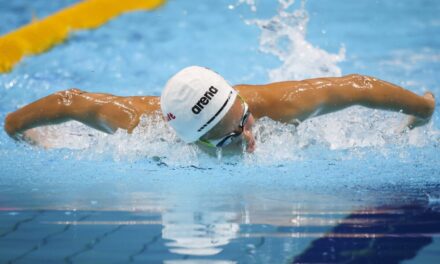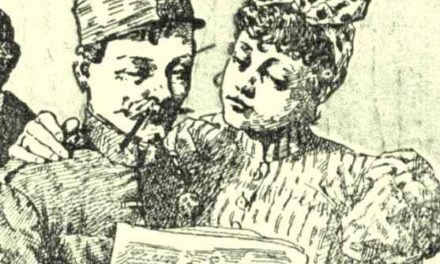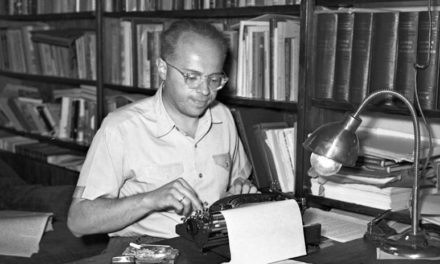The large-scale plan was discussed by Pál Makovecz, son of the Kossuth Prize-winning architect, caretaker of his legacy, and Lajos Kű, president of the Aranycsapat Foundation.
The Hungarian pavilion of the 1992 World Exhibition in Seville, which was once designed by Imre Makovecz, can be rebuilt, according to the Feol.hu article. Pál Makovecz, the son of the style-creating architect and caretaker of his legacy, and Lajos Kű, president of the Golden Club Foundation, spoke about all of this to the Fejér county news portal, adding that, in addition to the coronation city, the name of Budapest also came up as a possible location.
As it is written, Lajos Kű first took the initiative in 2002 together with Imre Makovecz and Katalin Kondor, the president of the Hungarian Radio at the time, to transport the pavilion home, but in the midst of the left-wing political upheavals of the time - the "Dare to be small!" slogan - this idea was shelved, just like the plan for the Budapest World Exhibition and Olympics. Imre Makovecz died in 2011, his son,
Pál Makovecz was now happy to accept Lajos Kű's proposal, to which the Kossuth Prize-winning sculptor Miklós Melocco joined with bursting enthusiasm. They are confident that their idea will be a success with the right backing, and then the creation can be rebuilt, which was created in Andalucia by Székely carpenters and Transylvanian craftsmen over three decades ago under the direction of the late architect recognized with the Kossuth and Ybl awards.
Today, only 15 of the pavilions of the World Exhibition in Seville are still standing, and only a few of them enjoy local protection. One of these is the Hungarian pavilion designed by Imre Makovecz, which can be considered the essence of organic (or, as Makovecz said: organic) architecture, the Makovecz style, with its seven towers standing on the border between east and west, representing the seven Hungarian religions, since the master is so it summarizes its buildings, such as the funeral home in Farkasrét, the church in Paks and Siófok, the village house in Kakasd, but also foreshadows the Stephaneum in Piliscsaba. At the same time, the Makovecz pavilion suffered a rather tumultuous fate after the exhibition, it was almost destroyed, and finally a few years ago it was bought and renovated by a businessman from Córdoba, so it can be seen again in its old glory.
If the current vision is realized, one of Imre Makovecz's main works will be seen by the masses in Hungary. Lajos Kű also plans to declare the year 2025 the Makovecz Memorial Year on the occasion of the 90th anniversary of the architect's birth.
Cover image: The Hungarian pavilion designed by Imre Makovecz at the 1992 World Exhibition in Seville (Source: Imre Makovecz Foundation)












